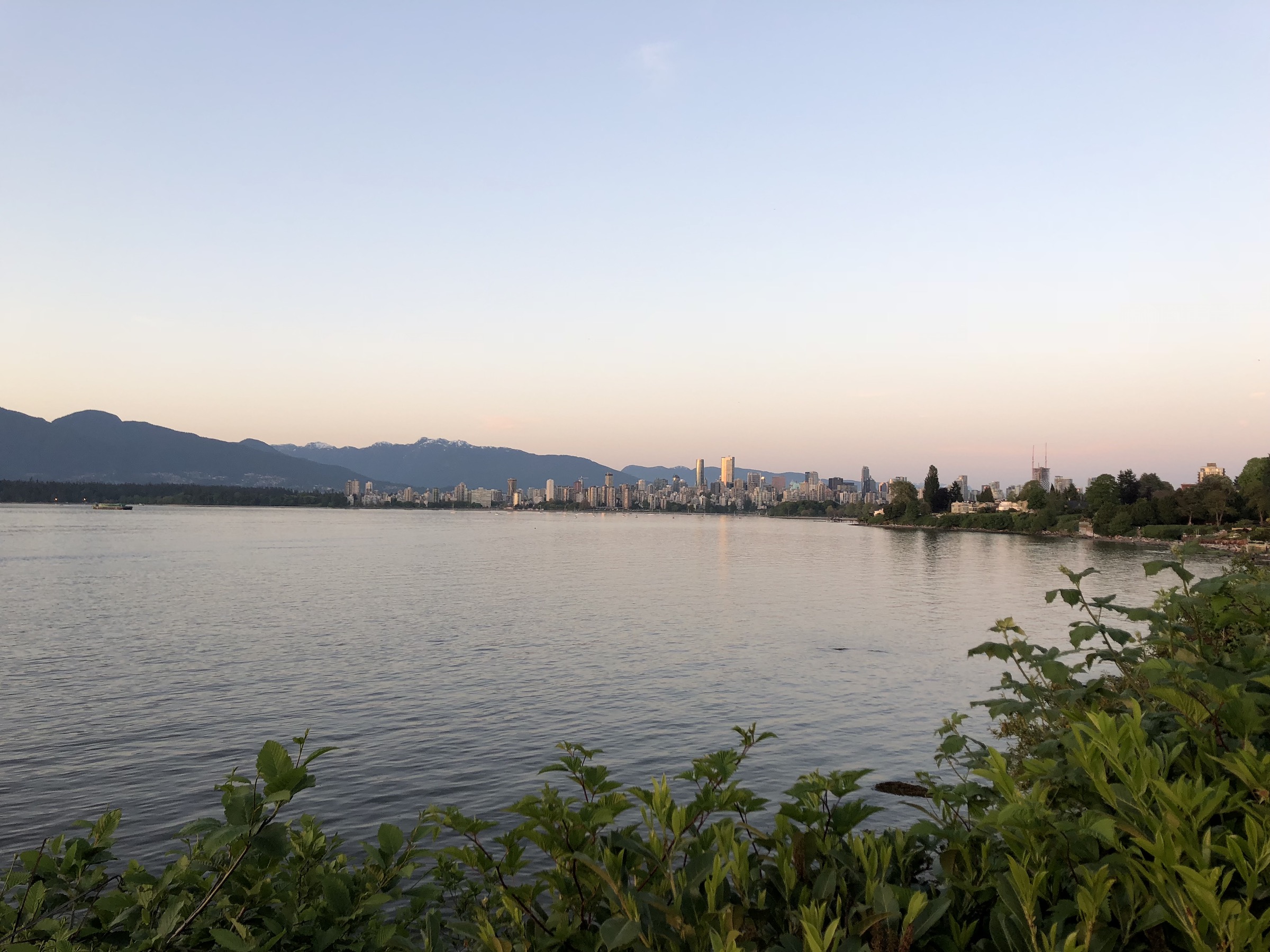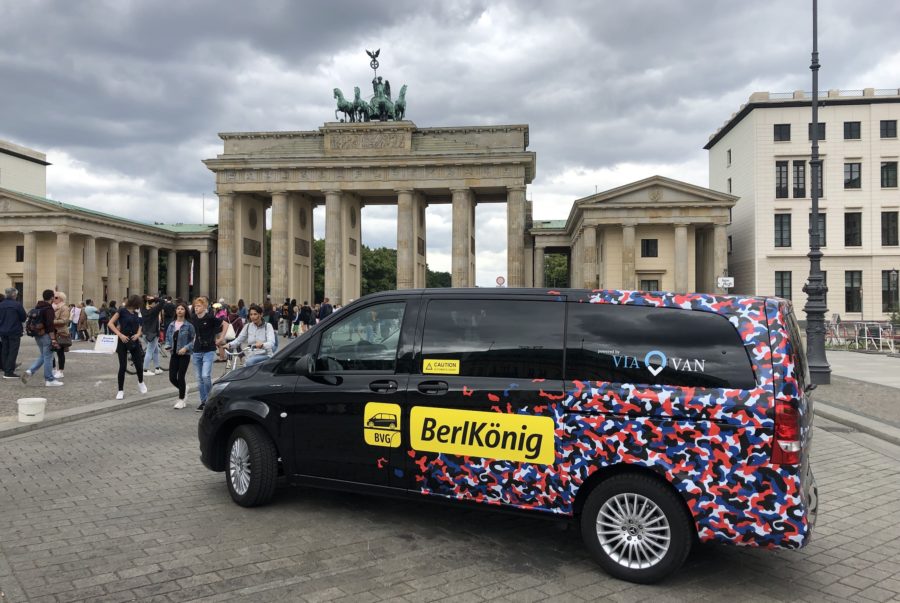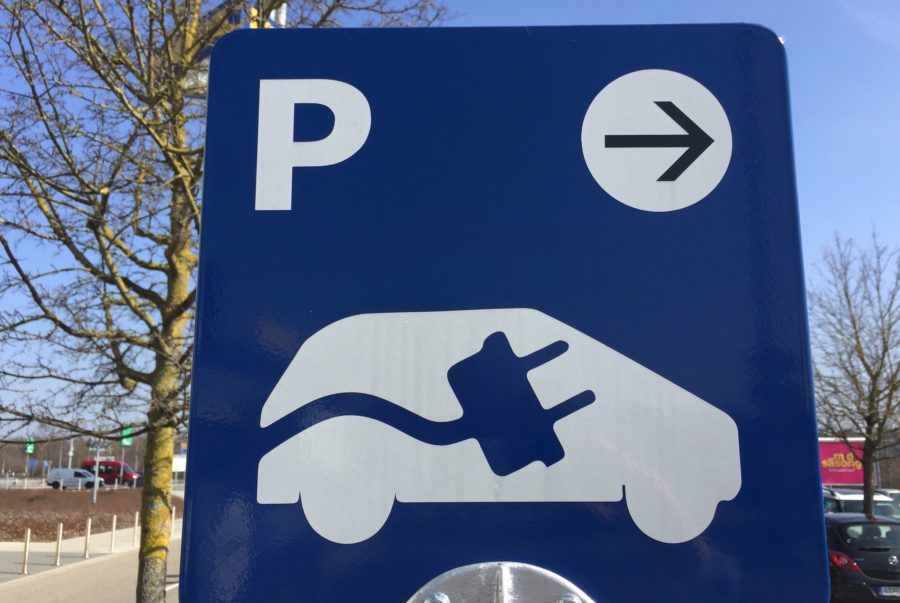At lastmile.zone we are dedicated to the various ‘urban concepts’ in the world. We analyse which steps are needed to realize the mobility of the future in the conurbations. Because this is where the mobility of the future is decided. An international study on “urban mobility” by McKinsey and Bloomberg from 2016 focuses on the interplay of e-mobility, networked mobility and autonomous driving. Only those who consistently tackle these three central topics with technical innovations will be able to ensure that the mobility of the future is one for people and their interests.
My trip to Canada in May of this year allows a specific view of this vibrant country. New approaches to mobility solutions have been implemented here for several years. Canadian metropolises are in the same bad position as US cities. Over the past 100 years, urban planners have relied on cars as a means of transport. Wide entry roads, bridges and tunnels usually make walking away a less enjoyable adventure. Cyclists are usually not sought after in the American cities.
Not so with my first stop in Vancouver. Vancouver is located on the North American mainland, in the southwestern corner of British Columbia, the westernmost of Canada’s ten provinces and three territories. The Vancouver Metropolitan Area consists of 21 municipalities covering 2,930 square kilometers on and around the Fraser River Delta.
The city of Vancouver has experienced explosive population growth long before the 2010 Winter Olympics. Between 2001 and 2016, the number of registered vehicles in the Metropolitan area grew by 37 percent (excluding Squamish, Abbotsford and Chilliwack); the population itself grew by 27 percent over the same period. Vancouver has set itself the goal of having community-based greenhouse gas emissions up to 5% below 1990 levels by 2020.
Vancouver = greenest city in the world
“The 2010 Olympic and Paralympic Winter Games have strengthened our self-confidence and our ability to cope with the sharp increase in public transport use,” said Gregor Robertson, Lord Mayor in his third term of office. Together with its inhabitants, he has set himself the goal of making the city the’greenest city in the world’.
“We have seen that we can increase the number of people who travel around our city by public transport, on foot or by bicycle.” In keeping with the McKinsey study. This is the only way for people in the city to regain their lost quality of life and not only literally get more space in the same breath.
Traffic planners in Vancouver have been working for years to give pedestrians and cyclists as well as bus and train drivers more public space in the city. “Six out of ten Vancouver Metro residents currently driving said they would switch to public transport if they had the level of service during the Olympic Games. We know that this future is possible and that people are ready for it.”
The goal: to cover the majority of the routes by bicycle, bus or on foot
Even if the original goal of meeting the following goals by the end of 2017 was not quite achieved, the action plan of the people in Vancouver sounds remarkable. As a declaration that the targets set are now to be met in 2020, this is still remarkable against the background of population and traffic growth. The’Greenest City Action Plan’ provides, among other things, that
1. the majority (more than 50%) of journeys are made on foot, by bicycle and public transport, and
2. that the average distance travelled per inhabitant should be reduced by 20% compared to 2007.
Gregor Robertson explains: “How we move in a city makes a big difference to our quality of life. The air we breathe, the amount of land we need, all that is crucial to our health and well-being.”
The main goal of reaching the ‘Green Transportation Target‘ is to transform Vancouver into a city where it is safe and comfortable to travel on foot or by bicycle, and entertaining at the same time. Transit on foot or by bicycle should be fast, reliable and accessible. Wherever people move, the streets, public spaces and all districts must be living places filled with people, plants and activities.
Those who, like me, have been cycling around the city with my family in the last few days will notice that the city has a very pleasant aura for cyclists and pedestrians.
Even if the city centre of Vancouver isn’t really very large, the drive to the outskirts, such as the University of British Columbia, hippster like Kitsilano or the districts on the North Shore: it adds up to several kilometres a day. For cyclists, there are now more than 350 kilometres of cycle paths in the city area. On the roads themselves, the crossroads and dangerous entrances are clearly marked thanks to the green-coloured road surface. In general, there is a very pleasant culture and attitude towards cyclists. Drivers stop as if it were a matter of course to change lanes; togetherness in road traffic is somehow more natural than in Germany. Certainly more stress-free.
Next Wednesday, read the continuation of our background report on the city of Vancouver – on the way to becoming the’greenest city of the world’ and a role model for many large cities when it comes to mobility.
Copyright Pictures/Images: Michael Brecht
More articles from the category “Urban Concepts”:
Post a Comment
You must be logged in to post a comment.


























